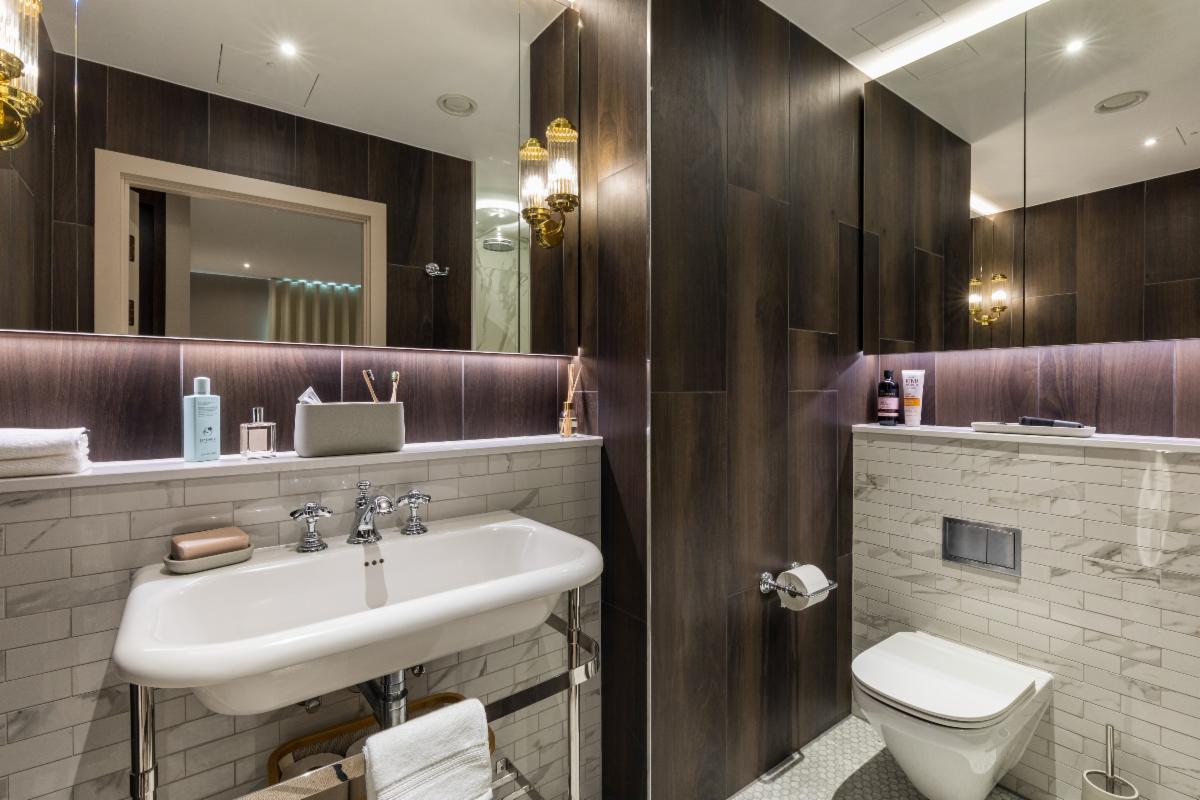WHY THE COST OF HEATING A HOME IS SEEING MANY CHOOSE TO DOWNSIZE

RISING numbers of homeowners are looking to downsize so they can save money on heating, a property group has revealed.
The National Association of Property Buyers (NAPB) said the soaring price of domestic bills coupled with the cost-of-living crisis is leading many to put their homes up for sale.
Jonathan Rolande, a spokesman for the NAPB, said: “In the last few months we’ve noticed a rise in activity linked to sellers saying the cost of heating larger homes is leading to them downsizing.
Country houses, particularly those that rely on oil for heating are among the worst hit. The average price of oil last year was 82% higher than it was in 2021. The price has fallen lately but many struggled either to pay, or to keep their property sufficiently warm.”
Many city dwellers moved out to the countryside during the pandemic in search of larger houses with bigger gardens, in what estate agents called the “race for space”.
Many others in large houses are “empty nesters”.
However, the surge in gas and electricity prices has led to energy bills roughly doubling over the past 12 months.
A household with typical usage would have paid about £1,277 a year last winter, but that has risen to £2,500 a year this winter, even with government subsidies.
Households with higher usage will pay much more as caps on tariffs relate to the unit rate, not the absolute bill.
But Mr Rolande said there are some upsides to the situation.
He continued: “Whilst it is a great pity many will end up leaving a cherished family home, the cost of living crisis is leading to the release of larger, under-occupied property back on to the market, that might otherwise not be sold. This gives a more opportunity to younger, family buyers to purchase their ideal home.
“Many potential sellers are however being deterred by the eye-watering costs of a move down the ladder.
“A single pensioner selling a long-occupied family home for £1m and re-buying at £750,000 will face fees and costs of nearly £50,000.
“Many decide to remain once they realise that costs would be so high. After all £50,000 would pay for a lot of heating.”
Mr Rolande said one solution was to reduce stamp duty for pensioners looking to move.
He added: “We’ve long said at the NAPB that reducing this for pensioners would encourage more to move, free up space and help older people to live in more comfortable homes. It’s something I hope the government looks at in the months ahead.”






